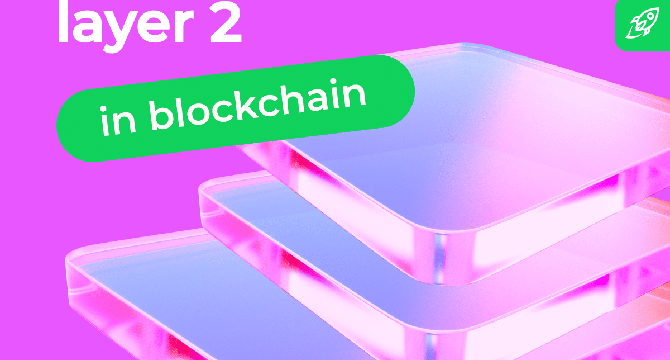Changelly
2M
349

Image Credit: Changelly
What is a Layer-2 (L2) Blockchain Network Solution?
- A Layer-2 (L2) blockchain network is a solution built on top of existing blockchains like Ethereum or Bitcoin to improve speed and reduce costs.
- Layer-2 solutions handle most transaction activities off-chain, enhancing scalability without compromising security.
- Prominent Layer-2 examples include the Lightning Network for Bitcoin and Optimism or Arbitrum for Ethereum.
- The limitations of Layer-1 blockchains like Ethereum and Bitcoin in terms of speed and scalability have led to congestion and high fees.
- Layer-2 solutions, such as rollups and state channels, process transactions off-chain to reduce fees, improve speed, and enhance scalability.
- Different types of Layer-2 solutions include state channels, sidechains, rollups, Plasma, and Validium, each with unique features and benefits.
- Notable Layer-2 networks like Arbitrum, Optimism, and zkSync have significantly improved transaction speeds and costs on Ethereum.
- Layer-2 solutions offer lower fees, faster transactions, and increased utility for DeFi and NFT platforms, making them essential for improving blockchain performance.
- The future of Layer-2 networks involves enhanced interoperability, decentralized sequencers, and major platforms integrating Layer-2 solutions for improved scalability and efficiency.
- Layer-2 networks do not replace Layer-1 blockchains but complement them, offering solutions for scalability limitations and improving overall blockchain performance.
Read Full Article
20 Likes
For uninterrupted reading, download the app